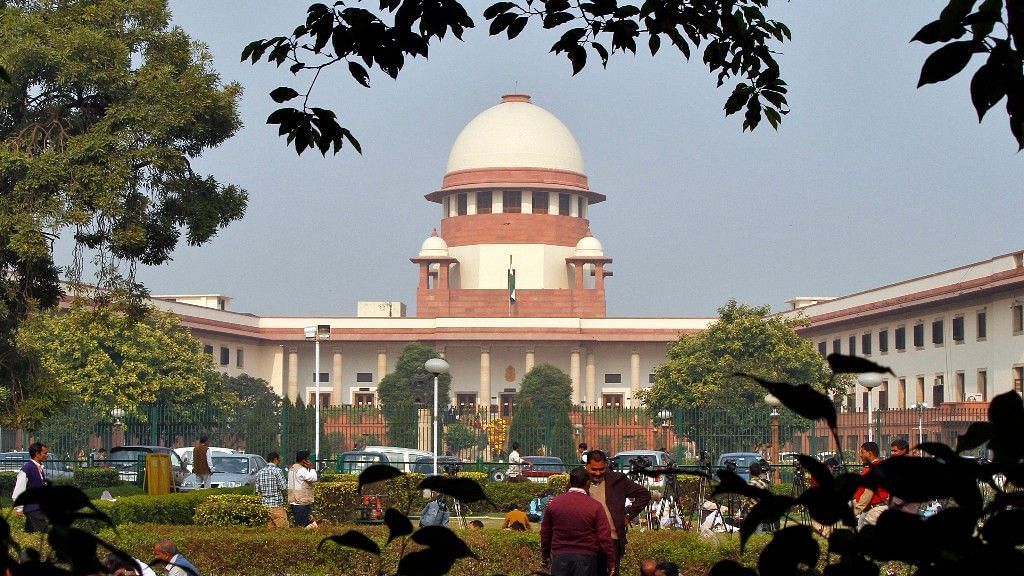The Reserve Bank of India (RBI) cut its key repo rate -- the rate at which the central bank lends short-term money to banks -- by 0.25 per cent to 7.5 per cent on Tuesday.
The Reserve Bank of India (RBI) cut its key repo rate -- the rate at which the central bank lends short-term money to banks -- by 0.25 per cent to 7.5 per cent on Tuesday.
The central bank left the cash reserve ratio (CRR) -- the proportion of deposits that banks have to mandatorily park with the RBI -- at 4 per cent, the lowest since December 1974.
However, the RBI has cautioned that even as the policy stance emphasises addressing the growth risks, the headroom for further monetary easing remains quite limited. The caution reinforced market expectations that the central bank will only lower them by a further 25 or 50 bps in the next fiscal year starting April 1, 2013.
Montek Singh Ahluwalia, Deputy Chairman at the Planning Commission, said, "We are looking at it (the 25 bps rate cut) with unhappiness. We feel, the signal should have been stronger... Many people would say that the signal should have been more robust than 25 basis points."
The rate cut may not translate into lower interest rates on consumer loans immediately, experts said.
"It is a sentimental cut to please the government. I don't think it will translate into lowering of interest rates on its own," economist Haseeb Drabu told NDTV Profit.
"I do not expect an immediate change in lending rates but around mid-April, when the liquidity situation is likely to return to normal, there is a possibility of a transmission happening to some extent," Rupa Rege Nitsure, chief economist at the Bank of Baroda, told Reuters.
The key for industry is for lending rates by banks to come down, but this will happen only when banks are comfortable with deposits and deposit rates come down, Naina Lal Kidwai, country head of HSBC India and president of the Federation of Indian Chambers of Commerce & Industry, said in a statement.
"Bank deposits grew at around 12.5 per cent while credit growth was 15-17 per cent with credit deposit ratios at a high of 78, leading me to believe that banks will not cut interest rates in a hurry," she added.
"Banks are unlikely to respond to repo rate cut immediately as funding costs remain elevated. Seasonal improvement in liquidity in Q1FY14 could however see banks cut lending rates. Expect effective lending rate reductions of a 50-75 bps in 2013 -14 in response to 100 bps of repo rate cuts," Abheek Barua, chief economist at HDFC Bank, said.
This is the second policy rate cut by the RBI this calendar year to help revive a faltering economy, taking comfort from moderating core price pressures and the government's commitment to trim the fiscal deficit.
The RBI had reduced the repo rate by 25 basis points to 7.75 per cent in January after holding it steady for nine months.
The central bank expressed growth concerns, saying headline inflation is likely to remain range-bound at the current levels over the next fiscal year.
"Notwithstanding the moderation in non-food manufactured products inflation, the headline inflation is expected to be range-bound around current levels over 2013-14," the central bank said in a statement issued on Tuesday. (Read the full RBI statement here.)
"Risks on account of the current account deficit (CAD) remain significant notwithstanding a likely improvement in the fourth quarter," it added.
C. Rangarajan, Chairman of the Prime Minister's Economic Advisory Council and a former RBI governor, told NDTV Profit that growth will pick up in the coming year.
"I have forecast it (growth) will be around 6.5 per cent. A further change in the monetary policy will depend on how inflation behaves," he added.
February's wholesale price index rose an annual 6.84 per cent, faster than in January, although non-food manufacturing inflation, which the central bank uses to assess demand-driven price pressures, slowed to 3.8 per cent, the weakest pace since March 2010.
After an initially muted reaction to the widely expected rate cut, the Sensex and the rupee fell on news that key ally Dravida Munnetra Kazhagam would leave the ruling UPA coalition due to differences over the government's stand on alleged war crimes in Sri Lanka. Bond yields rose slightly.
The withdrawal leaves Prime Minister Manmohan Singh's coalition at the mercy of smaller parties which are sceptical of reforms, such as landmark land acquisition legislation aimed at boosting investment in infrastucture, raising fresh doubts about the government's ability to push through a late burst of reforms and win back investors' confidence.
"As the coalition becomes more fractured, and depends on outside support from parties that have a narrow agenda, the very act of policymaking gets diluted," Barua from HDFC Bank told Reuters.
With inputs from Reuters

 Sign Up with Google
Sign Up with Google




 RECOMMENDED FOR YOU
RECOMMENDED FOR YOU




